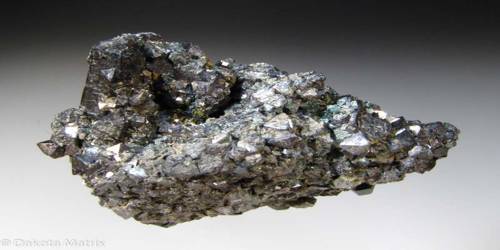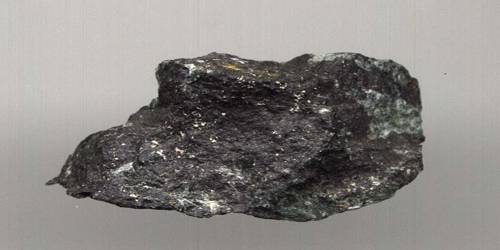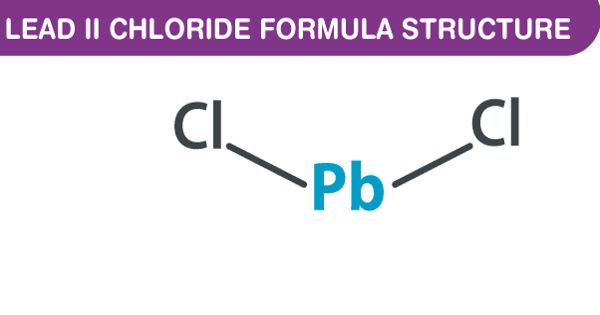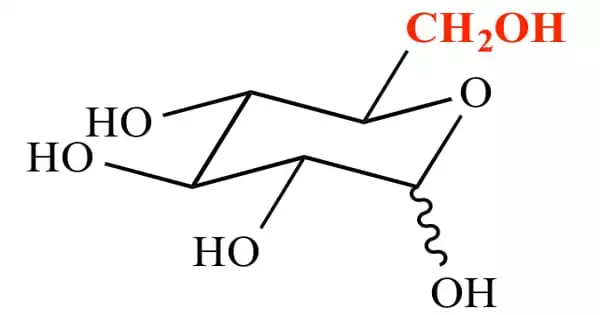Allanite also called orthite, is a sorosilicate group of minerals within the broader epidote group that contain a significant amount of rare-earth elements. This rare earth element includes many unusual and valuable metals. Up to 20% of its weight could be composed of these rare earth elements, making allanite a potentially valuable ore.
The mineral occurs mainly in metamorphosed clay-rich sediments and felsic igneous rocks. It has the general formula A2M3Si3O12[OH], where the A sites can contain large cations such as Ca2+, Sr2+, and rare-earth elements, and the M sites admit Al3+, Fe3+, Mn3+, Fe2+, or Mg2+ among others. However, a large number of additional elements, including Th, U, Zr, P, Ba, Cr, and others may be present in the mineral.

General Information:
- Category: Sorosilicates
- Formula: (Ce,Ca,Y,La)2(Al,Fe3+)3(SiO4)3(OH)
- Crystal system: Monoclinic
- Crystal class: Prismatic (2/m)
- Density: 3.5 – 4.2 g/cm3 (Measured) and 4.11 g/cm3 (Calculated)
Occurrence: It is found as an accessory mineral in several igneous rocks such as granites, syenites, diorites and their pegmatites and in a few metamorphic rocks as small embedded grains.
In the strictest sense is broken into three officially recognized minerals:
- Allanite-(Ce) the cerium rich allanite, also the most common and in general the one most often referred to as just allanite or orthite.
- Allanite-(La) the lanthanum rich allanite.
- Allanite-(Y) the yttrium rich allanite.
It was discovered in 1810 and named for the Scottish mineralogist Thomas Allan (1777–1833). The type locality is Aluk Island, Greenland, where it was first discovered by Karl Ludwig Giesecke.
Identification
It is usually black in color but can be brown, brown-violet. It is often coated with a yellow-brown alteration product, likely limonite. It crystallizes in the monoclinic system and forms prismatic crystals. It has a Mohs hardness of 5.5–6 and a specific gravity of 3.5–4.2. It is also pyrognomic, meaning that it becomes incandescent at a relatively low temperature of about 95°C.
- Color: Brown to black
- Crystal habit: Crystals tabular, prismatic to acicular; granular, massive; commonly metamict
- Twinning: Polysynthetic, common on {100}
- Cleavage: Imperfect to poor
- Fracture: Conchoidal to uneven
- Tenacity: Brittle
- Mohs scale hardness: 5.5–6
- Luster: Vitreous, resinous to submetallic
- Streak: Grey
- Diaphaneity: Translucent to opaque
- Specific gravity: 3.5–4.2
Information Source;
















